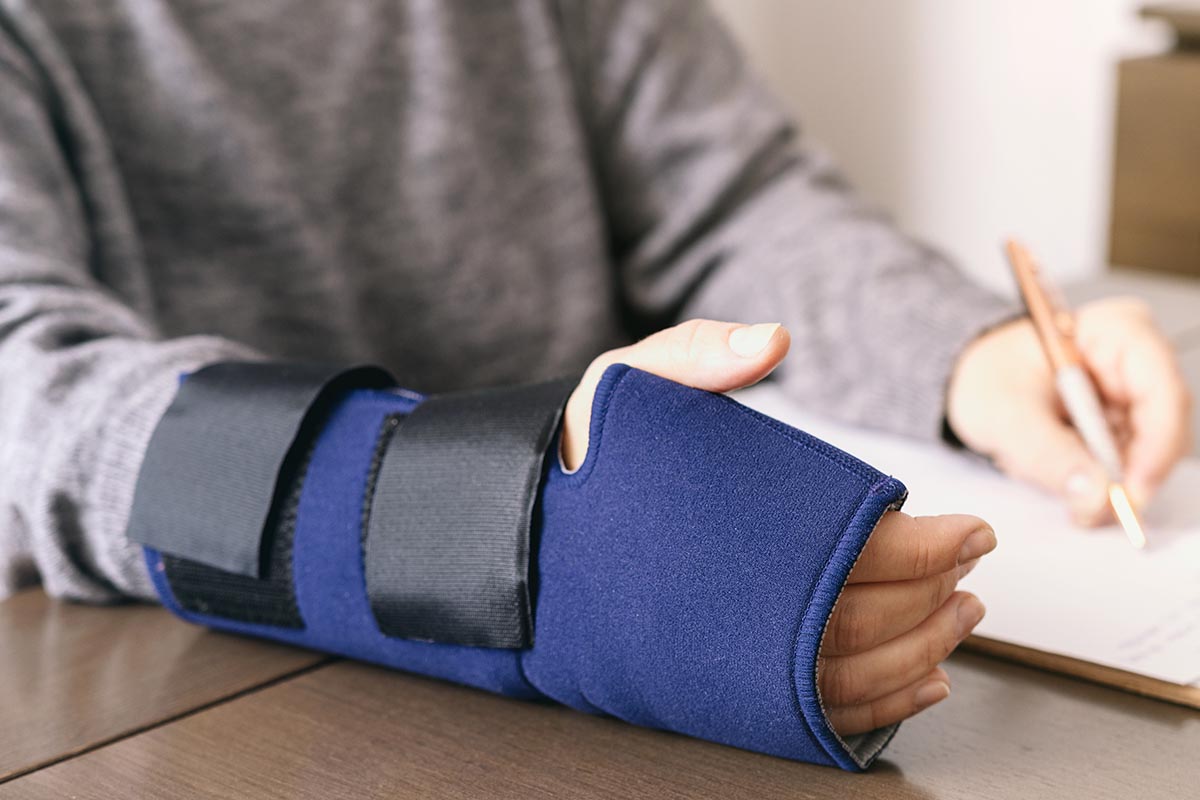The Role of Negligence in Personal Injury Cases
Negligence serves as a cornerstone of personal injury law, playing a pivotal role in determining liability and legal recourse for individuals who have been harmed or injured due to the actions or inactions of others.
Whether it’s a car accident, slip and fall incident, medical malpractice, or defective product, establishing negligence is often central to pursuing compensation and holding responsible parties accountable.
In this comprehensive article, we’ll delve into the concept of negligence, its elements, and its significance in personal injury cases.
Understanding Negligence
Negligence, in the context of personal injury law, refers to the failure to exercise reasonable care or caution in one’s actions, resulting in harm or injury to another person.
It encompasses a wide range of behaviors, from careless driving to inadequate property maintenance to medical errors. To establish negligence in a personal injury case, the following elements must typically be proven:
1. Duty of Care
The first element of negligence is establishing that the defendant owed a duty of care to the plaintiff. A duty of care is a legal obligation to act reasonably and prudently in order to avoid causing harm to others. The existence and scope of the duty of care vary depending on the specific circumstances of the case. For example, drivers have a duty to operate their vehicles safely and follow traffic laws, while property owners have a duty to maintain their premises in a reasonably safe condition for visitors.
2. Breach of Duty
Once the duty of care has been established, the next step is to demonstrate that the defendant breached that duty through negligent conduct. A breach of duty occurs when the defendant fails to meet the standard of care expected under the circumstances.
This may involve acts of carelessness, recklessness, or deliberate misconduct. For example, a driver who runs a red light or a property owner who fails to repair a hazardous condition may be deemed to have breached their duty of care.
3. Causation
In addition to proving that the defendant breached their duty of care, the plaintiff must establish a causal connection between the defendant’s negligent conduct and the plaintiff’s injuries.
This element, known as causation, requires demonstrating that the defendant’s actions or omissions were a substantial factor in bringing about the plaintiff’s harm.
There are two types of causation that must be proven: actual cause (cause in fact) and proximate cause (legal cause). Actual cause refers to the direct link between the defendant’s conduct and the plaintiff’s injuries, while proximate cause considers whether the defendant’s actions were the foreseeable cause of the harm.
4. Damages
Finally, the plaintiff must demonstrate that they suffered actual damages or losses as a result of the defendant’s negligence. Damages may include medical expenses, lost wages, pain and suffering, emotional distress, property damage, and other economic and non-economic losses.
The extent and nature of the damages will vary depending on the specific circumstances of the case and the severity of the injuries sustained by the plaintiff.
Significance of Negligence in Personal Injury Cases
Negligence plays a crucial role in personal injury cases for several reasons:
Establishing Liability
Negligence serves as the legal basis for holding individuals, businesses, and other entities accountable for the harm or injuries they cause to others.
By proving that the defendant’s negligent conduct led to the plaintiff’s injuries, the plaintiff can establish liability and seek compensation for their damages.
Allocating Fault
In cases where multiple parties share responsibility for an accident or injury, negligence provides a framework for allocating fault among the parties involved.
Comparative negligence laws allow for the apportionment of fault based on each party’s degree of negligence. This means that even if the plaintiff contributed to their own injuries to some extent, they may still be entitled to recover damages, although their compensation may be reduced proportionally to their degree of fault.
Determining Damages
Negligence also informs the calculation of damages in personal injury cases. The severity of the defendant’s negligence and the extent of the plaintiff’s injuries directly impact the amount of compensation awarded.
More egregious acts of negligence may warrant punitive damages, which are intended to punish the defendant and deter similar misconduct in the future.
Guiding Legal Strategy
Understanding the role of negligence is essential for both plaintiffs and defendants in personal injury cases. Plaintiffs rely on evidence of the defendant’s negligence to support their claims and justify their demand for compensation.
Defendants, on the other hand, may seek to refute allegations of negligence or argue that they met their duty of care under the circumstances. Legal strategy and tactics are often informed by the specific elements of negligence involved in the case.
Negligence Is At The Heart of A Personal Injury Case
Negligence lies at the heart of personal injury law, shaping the rights and obligations of parties involved in accidents and injuries.
By establishing the existence of a duty of care, demonstrating a breach of that duty, establishing causation, and proving damages, plaintiffs can hold negligent parties accountable and seek compensation for their losses.
Understanding the role of negligence is essential for navigating the complexities of personal injury cases and pursuing justice for those who have been wrongfully injured.
Whether you’ve been injured in a car accident, slip and fall incident, or another type of incident, consulting with a knowledgeable personal injury attorney in Philadelphia, Pennsylvania can provide invaluable guidance and advocacy as you seek to assert your rights and recover damages for your injuries.




















